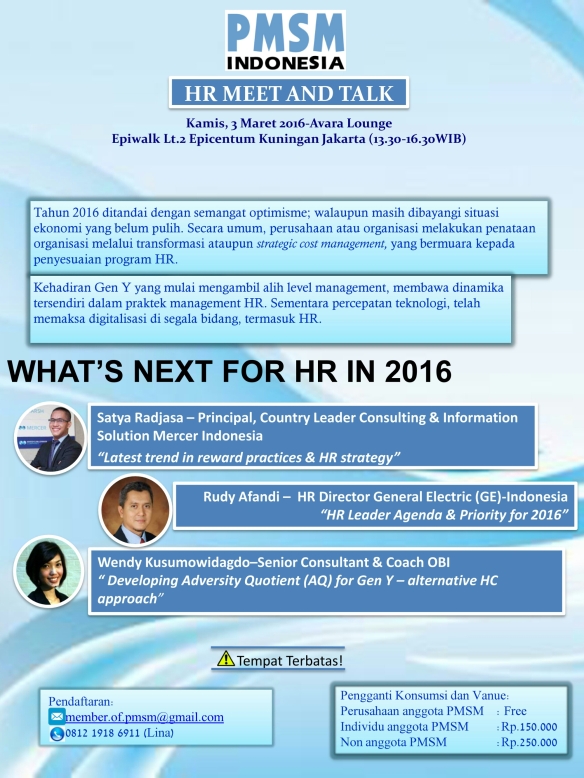I read somewhere that there is a set of distinct traits that students of girls schools share, that girls from their coeducational counterparts otherwise wouldn’t, among which are high self-confidence (the article may even have said overconfidence), and the camaraderie.
Having graduated from one myself, I’d undoubtedly vouch for those claims. My formative and pubescent years of middle school and high school were spent in one of the most reputable school systems in Indonesia called St. Ursula. Set in the same compound as Jakarta Cathedral, the 200 year old colonial-style campus exuded the same fortitude as the quality of education delivered.
Our headmistress, a Dutch educated Catholic nun, was a traditionalist but visionary, powerful but gentle, modest but brilliant and whose motto “think” was uncompromising. She wouldn’t accept mediocrity, her method pushed you to keep trying new things until you could accomplish your goals, she believed that intelligence was important but it wasn’t everything, that being a well-rounded individual was more essential than being smart, she taught you to be involved as active members of society and not as spectators. Moreover she was also “killer”. She was an authority figure you wouldn’t want to have a run-in with, as she would let you and everybody know that you did something wrong. But on the same token, getting schooled by her was a rite of passage, a privilege and to an extent, a bragging right that could be told for years. True to this last point, I for one, can proudly say survived the latter. To this day, she is still loved, hated, admired and idolized as an educator, by the throngs.
A rather interesting observation many people share though is not only about her, but about the alumni, that there is a certain mold that St Ursula graduates seem to fit into. Mixed in the professional world, you could pinpoint an Ursula alum from the crowd like a sore thumb. The public opinion seems to be that the women are typically natural leaders, driven, opinionated, confident, vocal, thoughtful, independent and generally successful.
Over the last 20 years, research has shown that girls think, interact, display leadership, and make decisions differently than boys. Studies shows that with fewer gender distractions, girls learn to be more competitive, accept leadership roles, and spend more time on schoolwork and personal interests. Studies point to educational disparities between the sexes, and found that, in mixed schools, girls routinely are called upon less, receive less feedback, and display lower self-esteem than boys. Furthermore, according to Forbes, in the business world, women currently hold only 4.6 percent of Fortune 500 CEO positions and the same percentage of Fortune 1000 CEO positions. In 2014, women working full time in the United States typically were paid just 79 percent of what men were paid, a gap of 21 percent.
These statements pose a degree of curiosity for me. Does leadership come naturally for women, or does it require a sequestered condition of nurturing and grooming that is different from men? Moreover, are both properties above combined, plus a favorable opportunity, the chance women need to gain a leadership position? I attended a women leadership forum where top female executives of major Indonesian and international corporations spoke. In one occasion the speakers agreed that women must speak up and dare to ask the bold questions in order to break the glass ceilings and climb the corporate ladders. This then begs the question if leadership is granted to women, or do we have the same fair chance as men to earn it? My final thought, Do women with comparable traits, competencies, skills, knowledge, drive, passion as the men counterpart, when compared to or are competing with them stand equal chance? Or rather, in this day and age, should this type of question not even be asked anymore?



